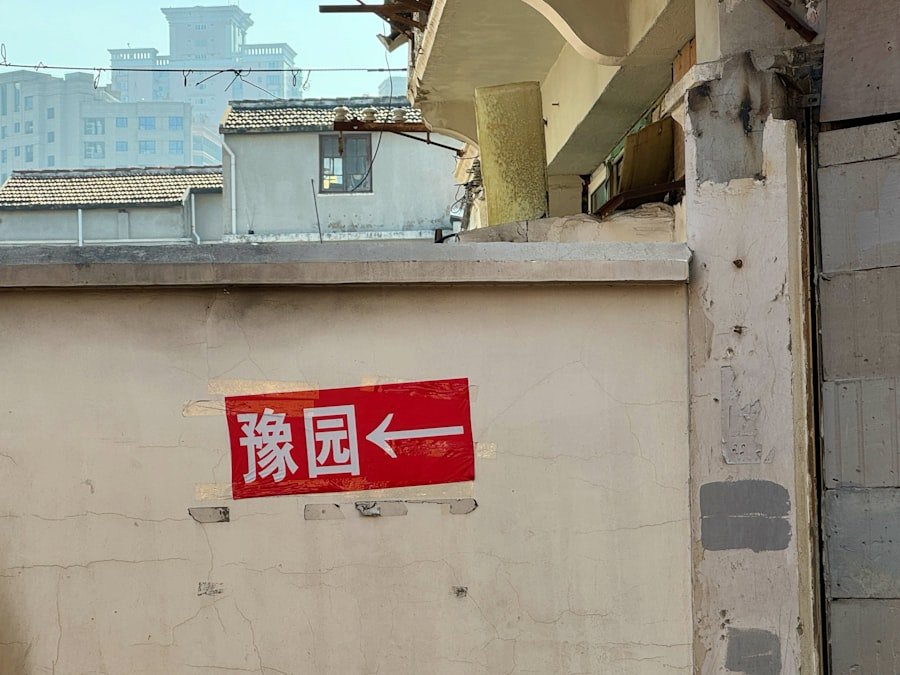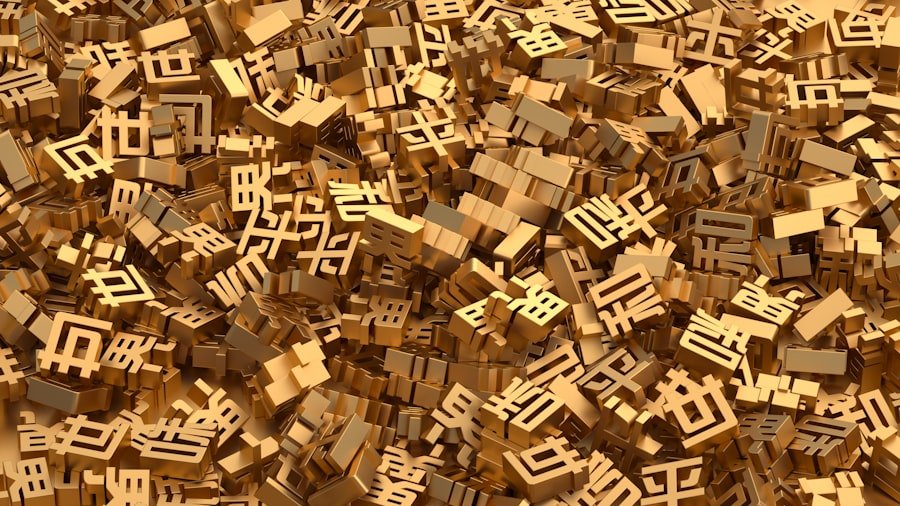Chinese ink art, with its rich history spanning thousands of years, is a profound expression of culture, philosophy, and emotion. Originating during the Han Dynasty (206 BC – 220 AD), this art form has evolved through various dynasties, each contributing unique styles and techniques. The Tang Dynasty (618-907 AD) marked a significant period for ink painting, where artists began to explore the interplay between ink and water, leading to the development of more fluid and expressive forms.
The Song Dynasty (960-1279 AD) further refined these techniques, emphasising the importance of capturing the essence of nature and the artist’s emotional response to it. Traditionally, Chinese ink art is not merely about aesthetic appeal; it embodies a deep connection to Chinese philosophy and spirituality. The use of ink, paper, and brush is steeped in symbolism, representing the harmony between man and nature.
Artists often sought to convey their inner feelings and thoughts through their work, making each piece a reflection of their personal journey. This tradition continues to thrive today, with contemporary artists drawing inspiration from historical practices while infusing modern sensibilities into their creations. Master the art of Chinese calligraphy. Enroll now at the LC Chinese School in Oslo.
Table of Contents
ToggleSummary
- Chinese ink art has a rich history and tradition dating back thousands of years, with a focus on capturing the essence of the subject rather than its physical form.
- Emotion plays a crucial role in Chinese ink painting, with artists aiming to convey their inner feelings and emotions through their artwork.
- Techniques such as brushwork, composition, and the use of colour are employed to express a wide range of emotions in Chinese ink art.
- Chinese philosophy, particularly the concept of harmony and balance, greatly influences the emotional expression in Chinese ink art.
- The five elements of Chinese ink art – wood, fire, earth, metal, and water – are used to evoke different emotions and moods in the artwork.
Understanding the Role of Emotion in Chinese Ink Painting
Emotion plays a pivotal role in Chinese ink painting, serving as both the driving force behind the creation of art and a means of communication between the artist and the viewer. Unlike Western art forms that often prioritise realism and technical precision, Chinese ink painting embraces abstraction and expressionism. The emotional state of the artist is intricately woven into the strokes of the brush, allowing viewers to experience a spectrum of feelings through the artwork.
This emotional depth is what distinguishes Chinese ink art from other forms, making it a unique medium for self-expression. The relationship between emotion and ink painting is not merely superficial; it is deeply rooted in the philosophy of ‘qi’ or ‘chi’, which refers to the vital energy that flows through all living things. Artists strive to capture this energy in their work, translating their emotions into visual forms that resonate with viewers on a spiritual level.
This connection fosters a sense of empathy and understanding, allowing audiences to engage with the artwork beyond its physical appearance.
Techniques for Expressing Emotion in Chinese Ink Art

The techniques employed in Chinese ink art are as varied as the emotions they seek to convey. One of the most fundamental methods is the use of brushwork, which can range from delicate and precise strokes to bold and sweeping gestures. Each stroke carries its own emotional weight; for instance, a gentle line may evoke feelings of serenity, while a vigorous stroke can express passion or turmoil.
The choice of brush size and pressure applied also plays a crucial role in shaping the emotional tone of the piece. In addition to brushwork, the manipulation of ink density and water can significantly influence the emotional impact of a painting. Thicker applications of ink can create a sense of heaviness or intensity, while lighter washes may evoke feelings of lightness or transience.
Artists often experiment with layering techniques, allowing different shades and textures to emerge, further enhancing the emotional complexity of their work. This dynamic interplay between technique and emotion is what makes Chinese ink art a continually evolving practice.
The Influence of Chinese Philosophy on Emotion in Art
Chinese philosophy has profoundly influenced the emotional landscape of ink art, particularly through concepts such as Daoism and Confucianism. Daoism emphasises harmony with nature and the universe, encouraging artists to express their emotions in ways that reflect this interconnectedness. The idea that one’s emotional state can influence the natural world is central to many ink paintings, where landscapes often mirror the artist’s inner feelings.
This philosophical underpinning allows for a deeper exploration of emotion within the artwork. Confucianism, on the other hand, places importance on moral integrity and social harmony. This perspective encourages artists to channel their emotions into works that promote ethical values and societal well-being.
As such, many ink paintings serve as reflections on human relationships and moral dilemmas, inviting viewers to contemplate their own emotional responses in relation to broader societal issues. The fusion of these philosophical ideas creates a rich tapestry of emotional expression within Chinese ink art.
Exploring the Five Elements of Chinese Ink Art and Emotion
The Five Elements theory—wood, fire, earth, metal, and water—plays a significant role in both Chinese philosophy and art. Each element is associated with specific emotions and characteristics that can be expressed through ink painting. For instance, wood represents growth and vitality, often depicted through lush landscapes or flourishing flora.
Fire embodies passion and intensity, which can be illustrated through dynamic brushwork and vibrant compositions. Earth signifies stability and grounding emotions, frequently represented by serene mountains or tranquil scenes. Metal conveys clarity and precision, often seen in detailed representations of objects or animals that evoke feelings of strength or resilience.
Lastly, water embodies fluidity and adaptability, allowing artists to express emotions that are transient or ever-changing. By understanding these elements, artists can harness their emotional responses to create works that resonate deeply with viewers.
The Use of Colour and Composition to Convey Emotion in Chinese Ink Art

While traditional Chinese ink art often relies heavily on monochromatic palettes, colour can also play a vital role in conveying emotion. The strategic use of colour can evoke specific feelings or moods within a painting. For example, warm colours like red and orange may elicit feelings of warmth or excitement, while cooler tones such as blue and green can evoke calmness or introspection.
The choice of colour not only enhances the emotional depth but also guides the viewer’s interpretation of the artwork. Composition is equally important in shaping emotional responses. The arrangement of elements within a painting can create tension or harmony, influencing how viewers engage with the piece.
A balanced composition may evoke feelings of peace and stability, while an asymmetrical arrangement can generate a sense of movement or unease. Artists often experiment with negative space—areas left blank—to create contrast and draw attention to specific elements, further enhancing the emotional narrative within their work.
How Emotion Shapes the Subject Matter of Chinese Ink Paintings
The subject matter of Chinese ink paintings is often deeply intertwined with emotion, reflecting both personal experiences and broader cultural themes. Nature is a predominant theme in this art form; landscapes, flora, and fauna are frequently depicted as manifestations of the artist’s emotional state. For instance, a solitary tree may represent loneliness or resilience, while a vibrant garden could signify joy or abundance.
Moreover, human figures are often portrayed in relation to their environment, highlighting the emotional connections between individuals and nature. Scenes depicting daily life or historical events can also serve as powerful commentaries on societal emotions—joys, sorrows, struggles—capturing the essence of human experience through visual storytelling. This ability to convey complex emotions through subject matter is what makes Chinese ink art so compelling.
The Role of Meditation and Mindfulness in Emotionally Charged Chinese Ink Art
Meditation and mindfulness are integral practices for many artists engaged in Chinese ink art. These techniques allow artists to cultivate a deeper awareness of their emotions and thoughts before they begin creating. By entering a meditative state, artists can connect with their inner selves, enabling them to express their feelings authentically through their work.
This process not only enhances creativity but also fosters a sense of peace that can be reflected in the final piece. Mindfulness also encourages artists to be present in each moment as they paint, allowing them to respond intuitively to their emotions rather than relying solely on preconceived notions or techniques. This organic approach results in artwork that feels alive and resonant with genuine emotion.
As artists immerse themselves in this practice, they often find that their paintings become more than mere representations; they transform into vessels for emotional expression that resonate deeply with viewers.
The Connection Between Emotion and Brushwork in Chinese Ink Art
Brushwork is one of the most distinctive features of Chinese ink art, serving as a direct conduit for emotional expression. Each stroke carries not only visual significance but also an emotional narrative that reflects the artist’s state of mind at the moment of creation. The pressure applied to the brush can convey strength or delicacy; rapid strokes may suggest urgency or excitement, while slow movements can evoke calmness or contemplation.
The variety of brush techniques—such as ‘flying white’ (the technique that creates white spaces within strokes) or ‘broken lines’ (which suggest movement)—allows artists to articulate complex emotions with nuance. This connection between brushwork and emotion is what makes each piece unique; no two artworks are identical because they are shaped by individual experiences and feelings at the time of creation.
The Impact of Emotionally Driven Chinese Ink Art on the Viewer
Emotionally charged Chinese ink art has a profound impact on viewers, inviting them into an intimate dialogue with the artwork. When an artist successfully conveys their emotions through their work, it resonates with audiences on multiple levels—intellectually, spiritually, and emotionally. Viewers may find themselves reflecting on their own experiences as they engage with the piece, creating a shared space for empathy and understanding.
Moreover, emotionally driven artworks can evoke strong reactions—whether joy, sadness, nostalgia, or contemplation—allowing viewers to connect with their own feelings in response to what they see. This transformative experience underscores the power of art as a medium for communication; it transcends language barriers and cultural differences, fostering connections among individuals from diverse backgrounds.
Tips for Harnessing Your Emotions to Create Powerful Chinese Ink Art
For those looking to explore their own emotional landscapes through Chinese ink art, there are several tips to consider. First and foremost, cultivating self-awareness is essential; take time to reflect on your emotions before beginning a piece. Journaling or meditative practices can help clarify your feelings and intentions as an artist.
Next, experiment with different brush techniques and materials to discover how they resonate with your emotional state. Allow yourself to be spontaneous; sometimes the most powerful expressions come from unplanned moments during creation. Embrace imperfections as part of your artistic journey; they often reveal deeper truths about your emotional experience.
Finally, consider sharing your work with others—whether through exhibitions or informal gatherings—to foster dialogue about emotion in art. Engaging with fellow artists or viewers can provide valuable insights into how your emotions translate onto paper and how they resonate with others. At LC Chinese School in Oslo, we offer specialised courses in Chinese calligraphy that delve into these concepts further.
Our classes not only teach traditional techniques but also encourage students to explore their own emotional expressions through this beautiful art form. Whether you are a beginner or an experienced artist looking to deepen your practice, our courses provide a supportive environment for creative exploration. Join us at LC Chinese School to embark on your journey into the world of Chinese calligraphy and discover how emotion can transform your artistic expression!
Master the art of Chinese calligraphy. Enroll now at the LC Chinese School in Oslo.







